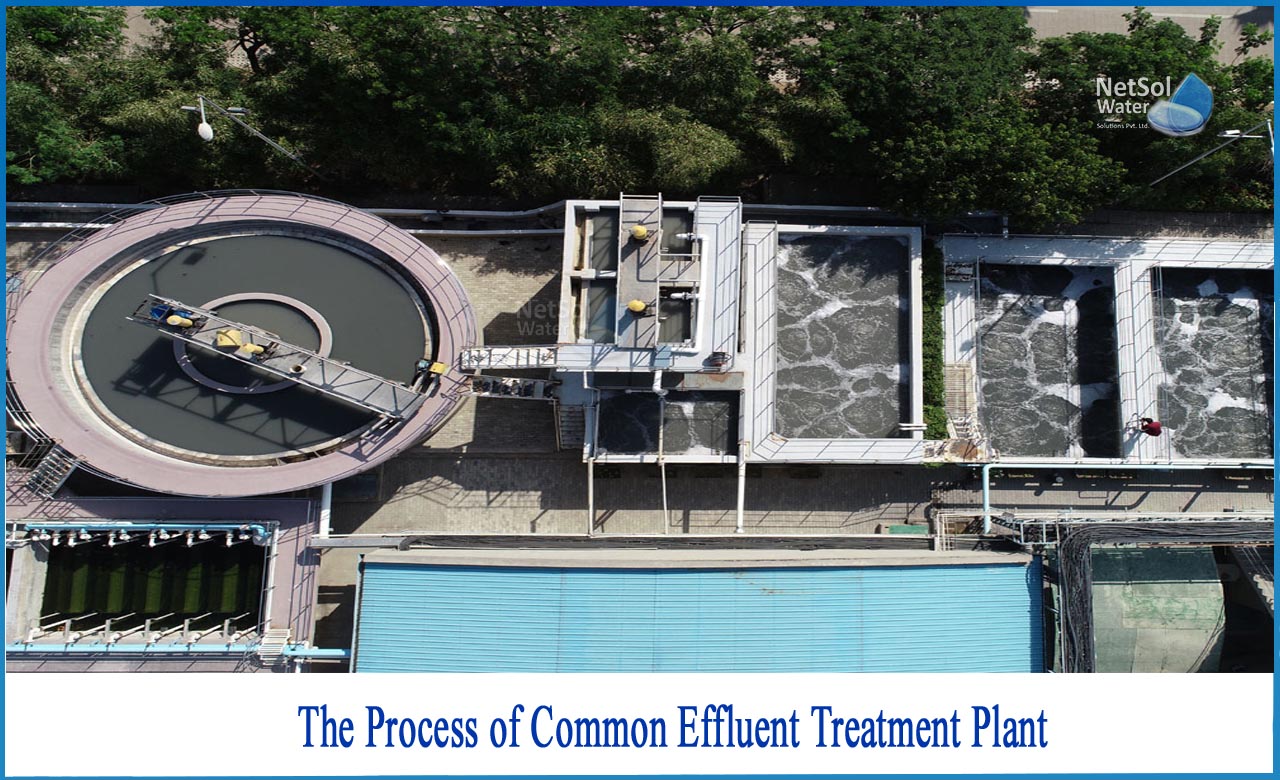What is process of common effluent treatment plant?
The process of collecting, transporting, treating, and disposing of effluents from industrial estates is known as the Common Effluent Treatment Plant (CETP). Industrial wastewaters and sewage produced by industrial plants are included in the discharge.
CETP is a concept that assists small and medium-sized businesses in discarding/disposing of their effluents. Several company clusters in India have installed and are operating common wastewater treatment plants. However, the pollution we see in today's society is only going to get worse.
CETP employs a variety of approaches
The CETP may be configured as a mixed effluent plant, allowing it to handle all of the many types of wastewater generated by the estate's various companies by employing a variety of methods/steps inside the CETP. These are some of them:
1: Managing Sludge
2: Preliminary Therapy
3: The Initial Treatment
4: Subsequent Treatment
5: Treatment in the last stage
Common Effluent Treatment Plant (CETP) Benefits
1: CETP can demonstrate consistency in the system's ability to forecast future treatment values obtained by the system.
2: The CETP is deemed to be more dependable when the pollutant levels within the effluent treated by the plant satisfy the stipulated discharge criteria more frequently than those of a CETP that consistently exceeds the standards.
3: CETP can be used to forecast the nature of a CETP in the future and to set a threshold value for a certain parameter.
4: With the inclusion of chemicals, operating costs are reduced.
5: Continuous planting of microorganisms indicates greater control over wastewater quality.
CETP's reliability and characteristics
• Land availability, which is difficult to assure via all specific devices inside the eventgo for separate treatment plants.
• Contribution of nutritional and diluting potential, facilitating the breakdown of complex commercial waste.
• The neutralization and equalization of heterogeneous waste make the treatment procedure technologically and economically viable.
• For the operation of CETP, a professional and educated personnel may be made available, which is not feasible with personal plants.
• The disposal of treated wastewater and sludge will be improved.
• Diverse regulatory agencies are less burdened in ensuring that pollutants comply with regulations.
Common Effluent Treatment Plants include the following
CETPs are divided into two categories:
A: Homogeneous - When all of the industries within the estate are the same.
B: Heterogeneous - When a variety of sectors create diverse goods, the wastewater condition varies as a result.
Because the diverse sectors involved make it difficult to define the properties of the effluent, a heterogeneous form of CETP will become a better alternative.
Conclusion–
Having a CETP is a wise decision for all of the estate's industries. However, it is best to conduct a survey of the quality and quantity of wastewater generated in order to install the most appropriate system.
Netsol may be a solution to the related queries. Gained no. 1 position in the field of water and wastewater treatment technologies, Netsol comes with a wide variety of products.
Netsol Water is Greater Noida-based leading water & wastewater treatment plant manufacturer. We are industry's most demanding company based on client review and work quality. We are known as best commercial RO plant manufacturers, industrial RO plant manufacturer, sewage treatment plant manufacturer, Water Softener Plant Manufacturers and effluent treatment plant manufacturers. Apart from this 24x7 customer support is our USP. Call on +91-9650608473, or write us at enquiry@netsolwater.com for any support, inquiry or product-purchase related query.



